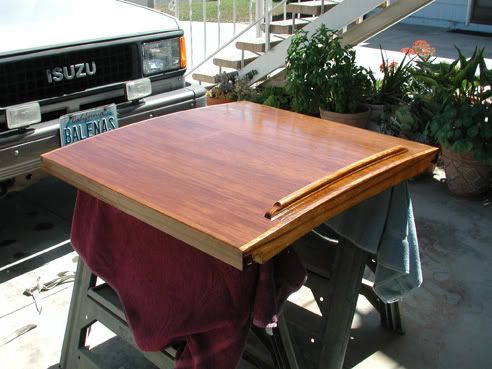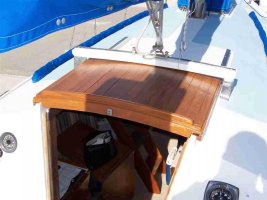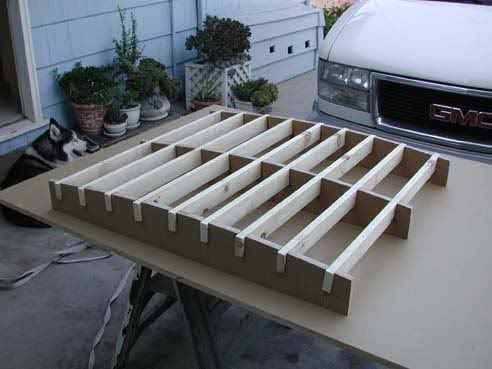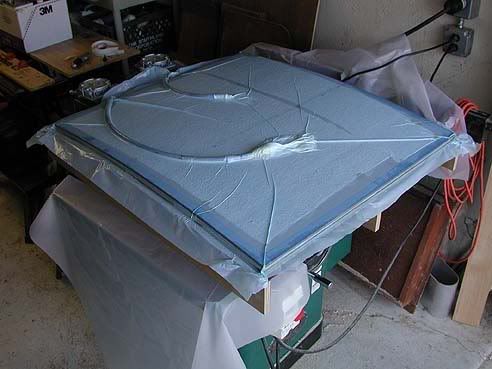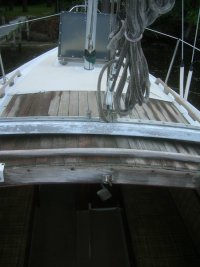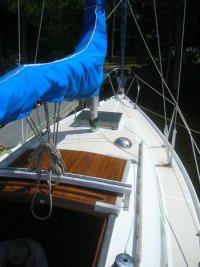I've been debating doing a major refurb on my original 35 year old sliding hatch or making a new one.
In the process of evaluating the situation I have damaged the hatch so as the 1st option is no longer viable...(like that hasn't happened to anyone before ) essentially the hatch fell apart and I found more rot than I could fix.
) essentially the hatch fell apart and I found more rot than I could fix.
Has anyone done this before. I know its only 4 or 5 pieces of wood but the angles, grooves and bows are a bit intimidating. I'm planning to make this out of Mahogany and hit it with alot of varnish.
Anyone do this before? I'd love to have some pics...advice or instruction. Whenever I post it always seems to save me time and effort.
cheers
jt
In the process of evaluating the situation I have damaged the hatch so as the 1st option is no longer viable...(like that hasn't happened to anyone before
Has anyone done this before. I know its only 4 or 5 pieces of wood but the angles, grooves and bows are a bit intimidating. I'm planning to make this out of Mahogany and hit it with alot of varnish.
Anyone do this before? I'd love to have some pics...advice or instruction. Whenever I post it always seems to save me time and effort.
cheers
jt

